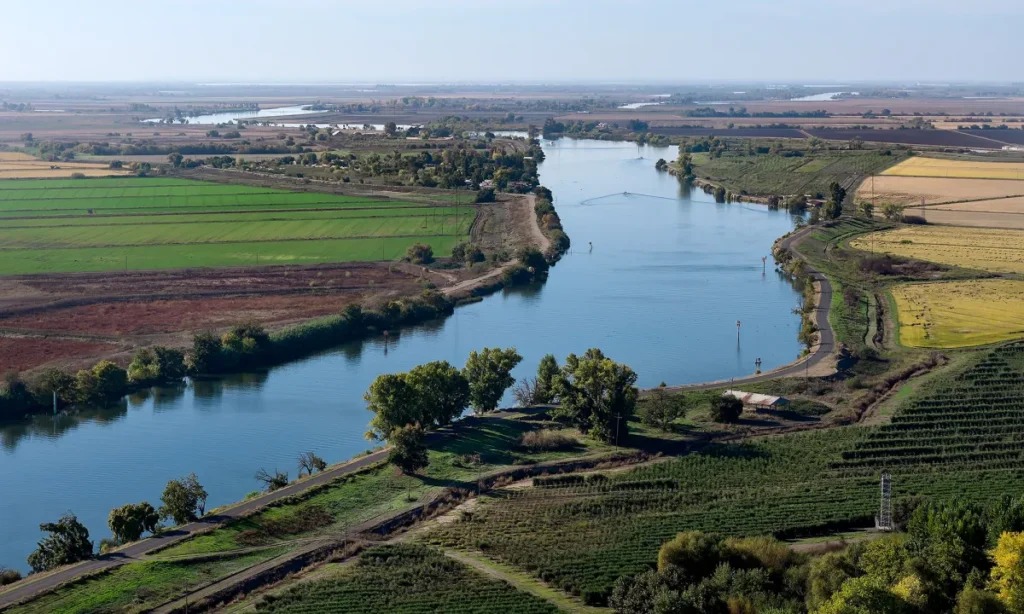Share
The federal government is pushing out remdesivir as fast as it can get it, and yet Fresno County says the cupboard is bare.
The potentially life-saving drug, which has anecdotally helped COVID-19 patients in the Valley, is hard to come by. The hospitals that do have it are sharing it with others on an as-needed basis.
“We’re cutting it close when it’s being pushed out as needed,” said Fresno County EMS Director Dan Lynch on a Zoom call with reporters Monday. “There’s none on hand.”
Fortunately, the state is promising to send a second shipment of the drug to Fresno County this week. Lynch says he’s got a Tuesday phone call scheduled to confirm delivery.
Lynch said the county expects to receive 560 doses. Each COVID-19 patient requires six doses so in theory that would be enough for 93 patients.
Remdesivir
“In a perfect world, remdesivir should be given to anyone,” said Dr. Eyad Almasri of UCSF Fresno back in May. “I think remdesivir is a promising drug. I personally have a feeling that it is not enough by itself, but it is probably the best of what we’ve got so far.”
Almasri’s work on local patients during an initial study at Community Regional Medical Center gives him confidence in its effectiveness against coronavirus.
Remdesivir, a novel antiviral drug, was originally developed in 2002 for the first SARS outbreak and was tried as an Ebola treatment in 2014. Remdesivir has shown promising results treating COVID-19 in laboratory studies but hasn’t been validated on a wide scale for patients.
Dr. Rais Vohra, interim health officer for Fresno County, said that with the county’s coronavirus surge hospitals worry they won’t have the drug to help patients stay off ventilators. According to the state’s COVID-19 dashboard, Fresno County has 68% of its ventilators available.
Vohra also said that acquiring Remdesivir is a much more “convoluted” process compared to other drug delivery systems. Typically the manufacturer works with public health, which in turn works with the hospitals for a distribution plan.
Worried About Doctor Morale
“In general, I think that the medical providers are tired,” said Vohra. “They’ve been kind of in that fight-or-flight mode for many months at this point. Many of them have had close calls. Many of them have been on quarantine and come back to work. They don’t really see an end to this surge.”

“We do worry about morale.”–Dr. Rais Vohra, Fresno County interim health officer
The more the numbers spike and the more hospitals have to invoke surge protocols, the toll on staff increases.
“We do worry about morale,” said Vohra. “It is a very hard time — some would say a surreal time to see the military having to come in. While that is obviously very welcome, it is just another sign that things are not normal and that things are not letting up.”
Vohra said that there’s very little more that can be done at the local level to support the hospital staff. He remembers at the beginning of the pandemic that things like 3D printed nasal swabs and face shields helped. Vohra refers to those things as the low-hanging fruit of the pandemic. Now he says the big advancements must come from the state and federal governments, and vaccine trials moving forward.
Military Support
Community Regional Medical Center just received a 20-member team from Travis Air Force Base to help with staffing.
The team includes three physicians, two mid-level providers, two respiratory therapists, and 13 ICU registered nurses. They are assigned for 30 days.
“Their assignments will begin in our critical care areas after they receive orientation,” said Dr. Thomas Utecht, a senior vice president and the chief medical officer for Community Medical Centers. “These additional resources will provide relief for our frontline healthcare professionals during the pandemic.”
CRMC Maximizing Space and Traveling Nurses
CRMC and other hospitals are trying to utilize every bit of space possible. Many have set up tents outside. Some, like CRMC, have turned waiting rooms into patient staging areas.

“CRMC expanded into another building and put in an additional 50 beds adjacent to the hospital.” — Fresno County EMS Director Daniel Lynch
“CRMC expanded into another building and put in an additional 50 beds adjacent to the hospital,” said Lynch. “So they did expand and surge into those areas. The staffing is the challenge.”
Lynch says many of the staff are missing because they’re isolating after coming into close contact with COVID-19 patients.
“As of last week, they’ve successfully brought in a lot of outside travel nurses. They’re from all over. Just as we sent people to New York to assist, there are also nurses coming from all over the United States that are assisting CRMC and all the area hospitals,” Lynch said.
The traveling nurses are able to take advantage of a federal program that pays for their hotel bills while they’re here in support of COVID-19.
RELATED TOPICS:
Categories

Trump Signs Order Aimed at Curbing State AI Laws


















